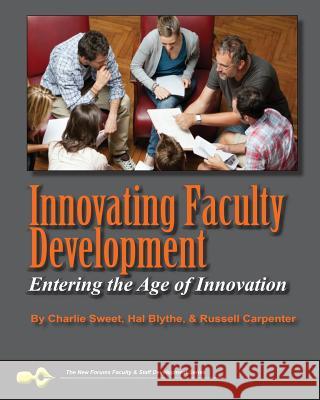Innovating Faculty Development: Entering the Age of Innovation » książka
Innovating Faculty Development: Entering the Age of Innovation
ISBN-13: 9781581072976 / Angielski / Miękka / 2016 / 156 str.
From The Authors: Is the term "innovative faculty development" actually redundant? In our way of thinking, faculty development-mostly because of its youth-necessitates innovation. In fact, any new field depends upon creative thinking and its implementation into innovation to progress. In our academic careers, despite a background in traditional studies in English, we have helped develop three new disciplines-pop culture (especially comic book theory), creative writing, and now faculty development. Our careers have coincided with the rise of these three fields. But here we want to focus on faculty development. While the more formal structure we think of as faculty development began around 50 years ago, way back in 1810 Harvard University granted its first sabbatical, and many claim that action as the first instance of faculty development. In Creating the Future of Faculty Development (2006), Sorcinelli et al. posit that faculty development has evolved through five ages: The Age of the Scholar (1960s-mid 70s), The Age of the Teacher (mid-to-late 70s), The Age of the Developer (1980s), The Age of the Learner (1990s), and The Age of the Network (21st century). Obviously such constant change necessitates innovation. It must be done, and within the pages of this work, we're going to demonstrate how. The book's first section contains essays addressing the fundamental theories underlying creative thinking and then its application to faculty development, while the following sections treat practical concerns. For these pedagogical essays, we often include a set of ancillaries to aid the reader in reflecting about and implementing the strategies presented. While we have created an extensive approach to innovating faculty development, we encourage you to take a risk and attempt a few of them at first. If those innovations succeed, feel free to keep borrowing more and more from our suggestions. They work for us.











